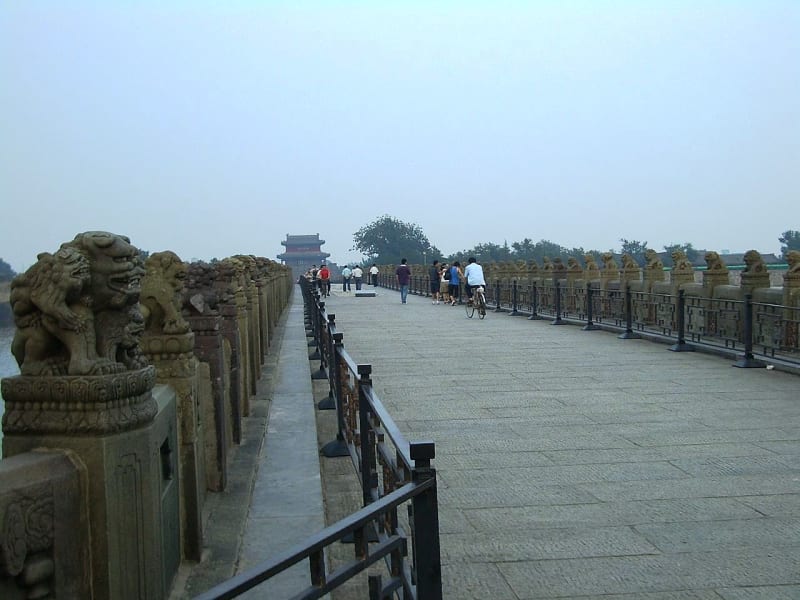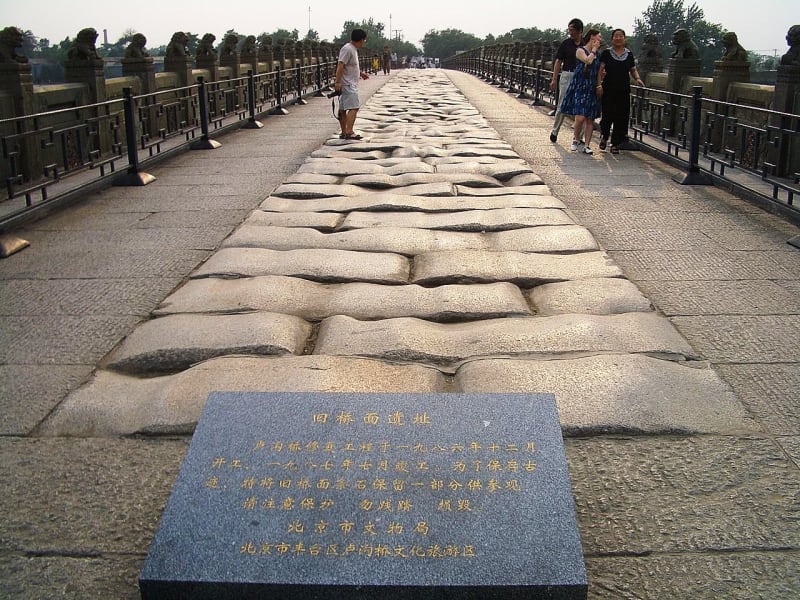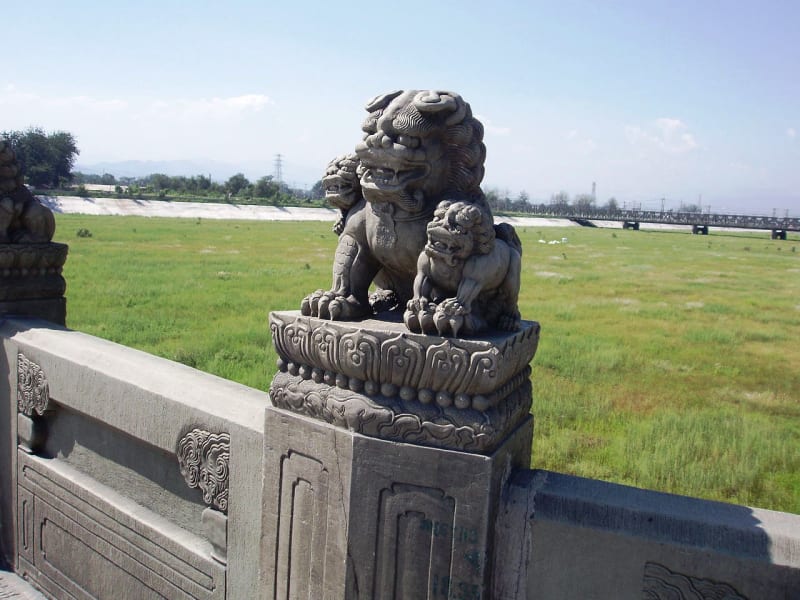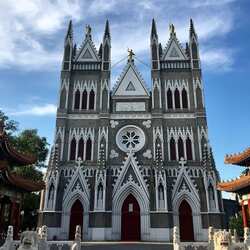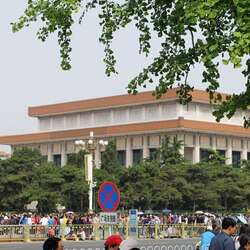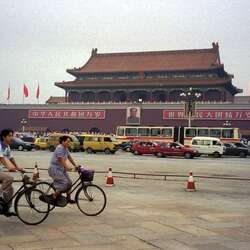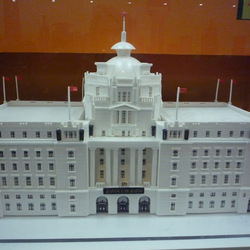Marco Polo Bridge
The Marco Polo Bridge is located 15 kilometers southwest of Beijing. Also known as the Guangli Bridge, it runs along the banks of the Yongding River. According to historical records, "the Lugou River is also called the Heishui River (Black Water)." In the local dialect in ancient times, lu (reed) meant black; thus, the Heishui River became known as the Lugou River, and the bridge, accordingly, was given the same name.
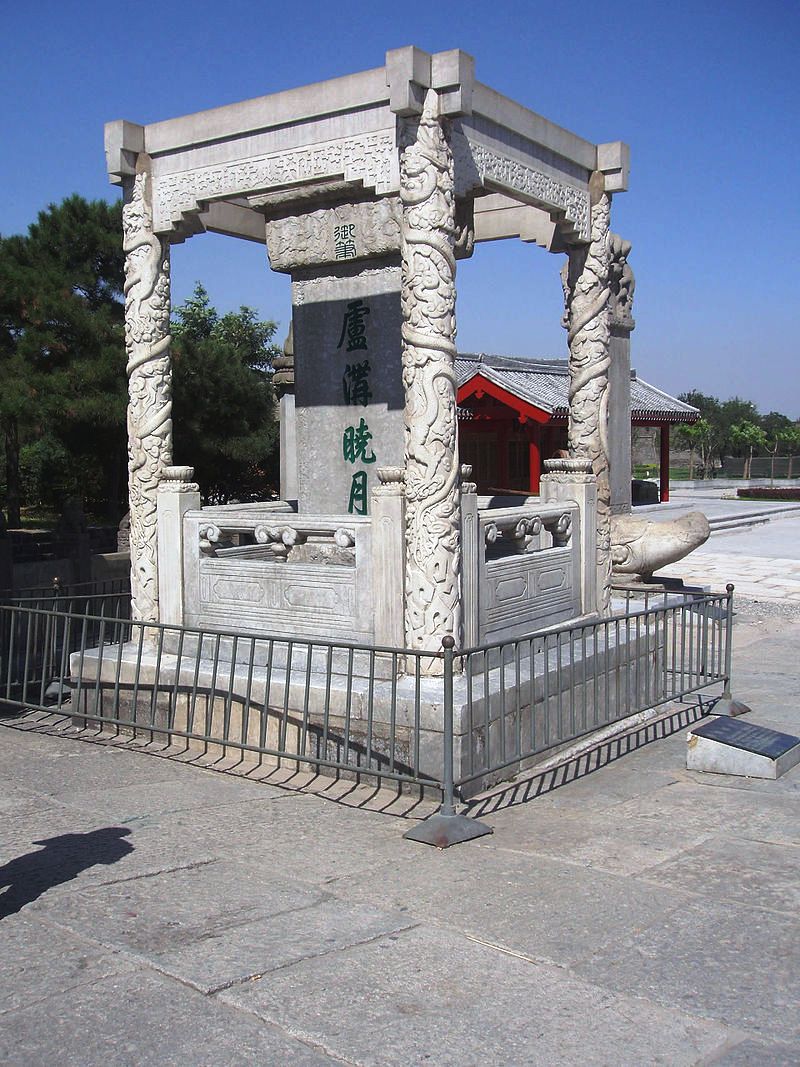
A bit of history
According to archival data, the Lugou River was "turbulent and flowed extremely fast." With the construction of the Guantan Reservoir after 1949, many trees were planted upstream from the Marco Polo Bridge on the banks of the river, and the former location was also tamed, no longer posing a constant risk of flooding.
The Lugou River was also known as the Wuding River (Lack of Stability), and even though the Kangxi Emperor gave it the auspicious name Yongding (Eternal Stability), it was only after the founding of the People's Republic that the river truly became "eternally stable." However, after seven centuries, river water remains as fast as ever. But thanks to the extraordinarily solid construction of the bridge's foundation, the endless blows of the torrential current did not leave any traces on it.
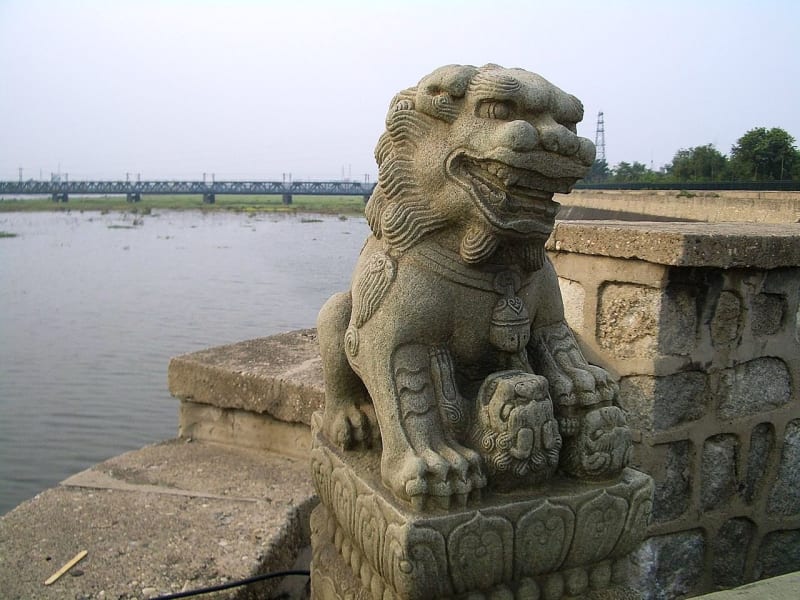
Brief history and architecture
The Marco Polo Bridge is located at a strategic point on the only land route leading to the capital from the south. The construction of the bridge began in 1189 and was completed four years later. The length of the white marble structure is 235 meters. It has 11 arches and the same number of wide supports. At the extreme ends of the Marco Polo Bridge there are two stone steles, one of which tells the story of the renovation work carried out during the reign of the Kangxi Emperor (1662-1722), and on the other the inscription "Moon over the Lugou Bridge at dawn", made by the hand of the Qianlong Emperor.
Along the Marco Polo Bridge there are two rows of carved balustrades made of white marble, topped with pillars with carved figures of lions. Beijing residents have a saying that "there are too many lions on the Lugou Bridge to count," which is explained by the fact that the lions are carved in a variety of aspects and unevenly distributed among 280 pillars of white marble. A pair of brightly carved reclining stone elephants and many other animal figures guard each end of this structure.
The Marco Polo Bridge incident
On July 7, 1937, the first shot of Japanese Resistance fighting rang out at the Marco Polo Bridge. But now all signs of war have long disappeared, this is a safe place. As the sun sets, the shadows of the nearby Shijinshna Steel Mill cast a red glow into the sky, illuminating the bridge in fiery splendor.
